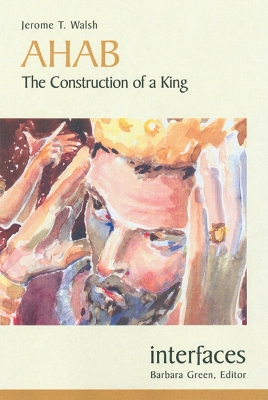Interfaces
1 total work
Ahab, king of Israel during the ninth century B.C.E., did evil in the sight of the Lord more than of his predecessors" and "did more to anger the Lord, the God of Israel, than any of the kings of Israel before him" (1 Kings 16:30, 33). With this less-than-flattering introduction, modern readers meet Ahab. And that first impression is only underscored in the remaining biblical account of the notorious king's reign.
In Ahab: The Construction of a King, Walsh sheds new, if not always more positive, light on this character. He begins by pointing out that the historical Ahab, insofar as we can retrieve him, seems to have been a stabilizing and successful political leader. Walsh then uses narrative criticism to examine more closely how the biblical text paints its generally negative portrait of Ahab.
Finally, Walsh uses source and redaction criticism to trace how the king's positive image might have been transformed into the negative one we encounter in the text. In the end, Walsh leads readers to a greater appreciation for both the richness of the biblical text and the complexity of the truths contained therein.
